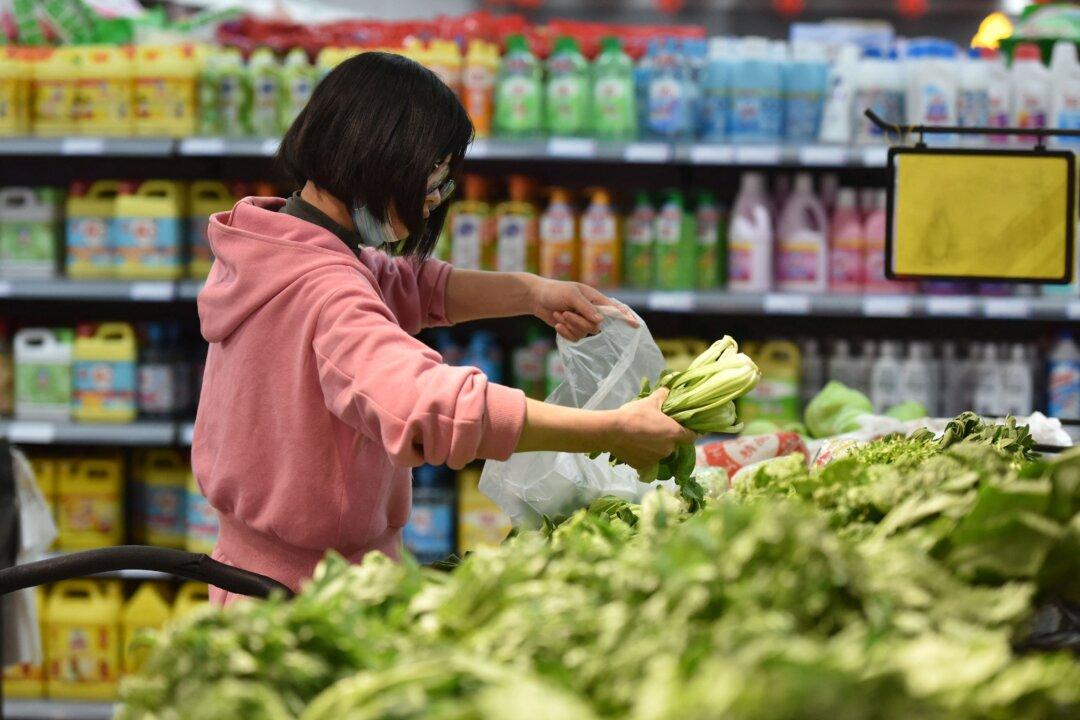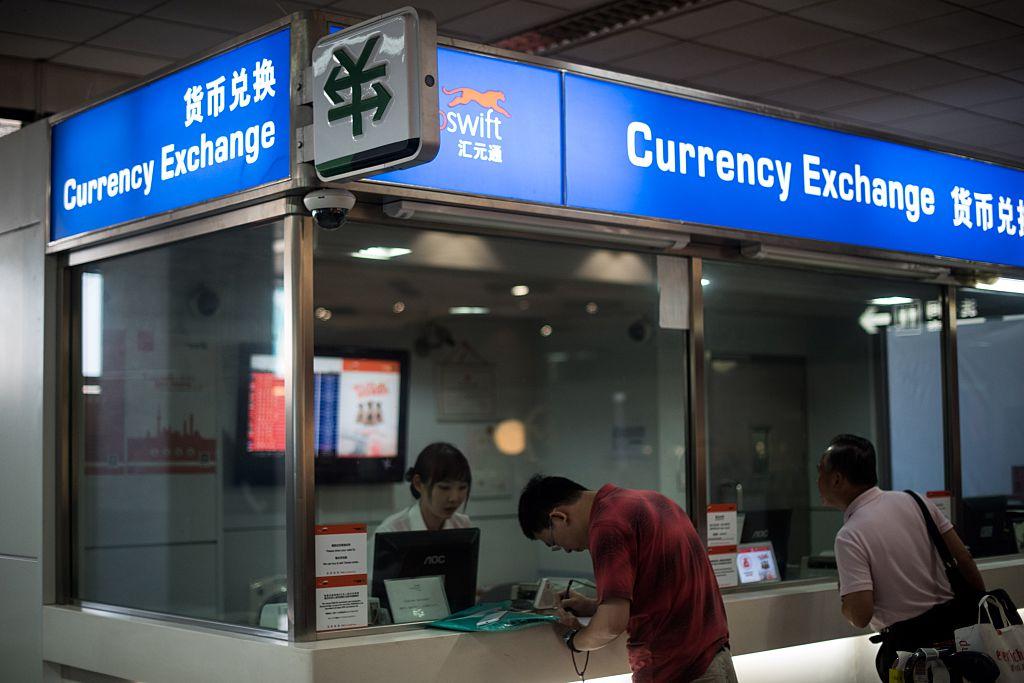In the face of an economic slump, China’s State Council emphasized that it would continue the strategy of expanding domestic consumption in its 2022 work report released on March 5. However, boosting the economy by pushing the Chinese people to consume more is likely unattainable for the Communist regime, according to professional analysis.
Katherine Jiang, a Hong Kong-based financial analyst, told The Epoch Times that the Chinese Communist Party (CCP) has three insurmountable obstacles in its economy-driving efforts: lack of consumer confidence, over-load in household debt, and layoffs and low incomes caused by the CCP’s unstable policy.





